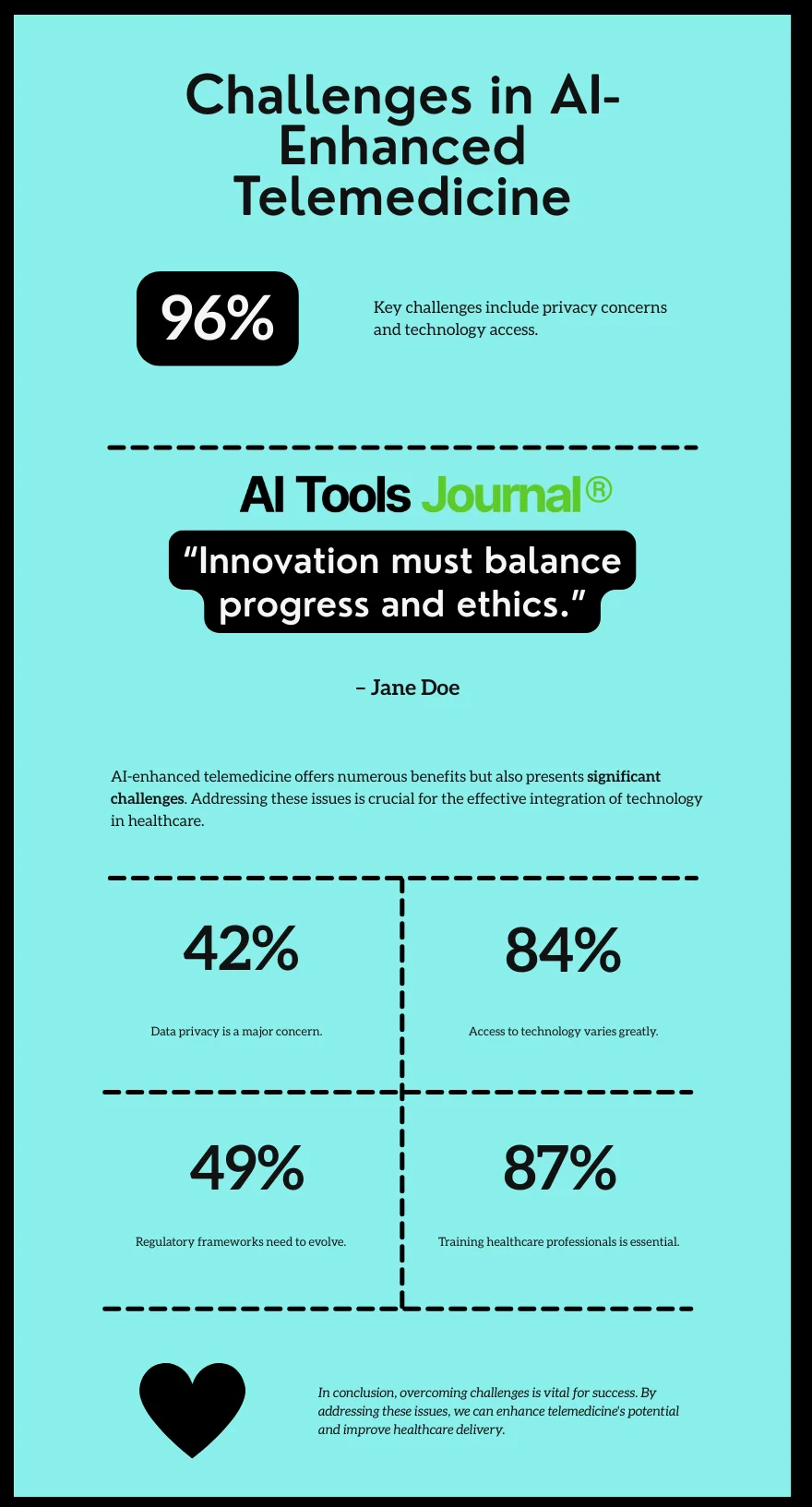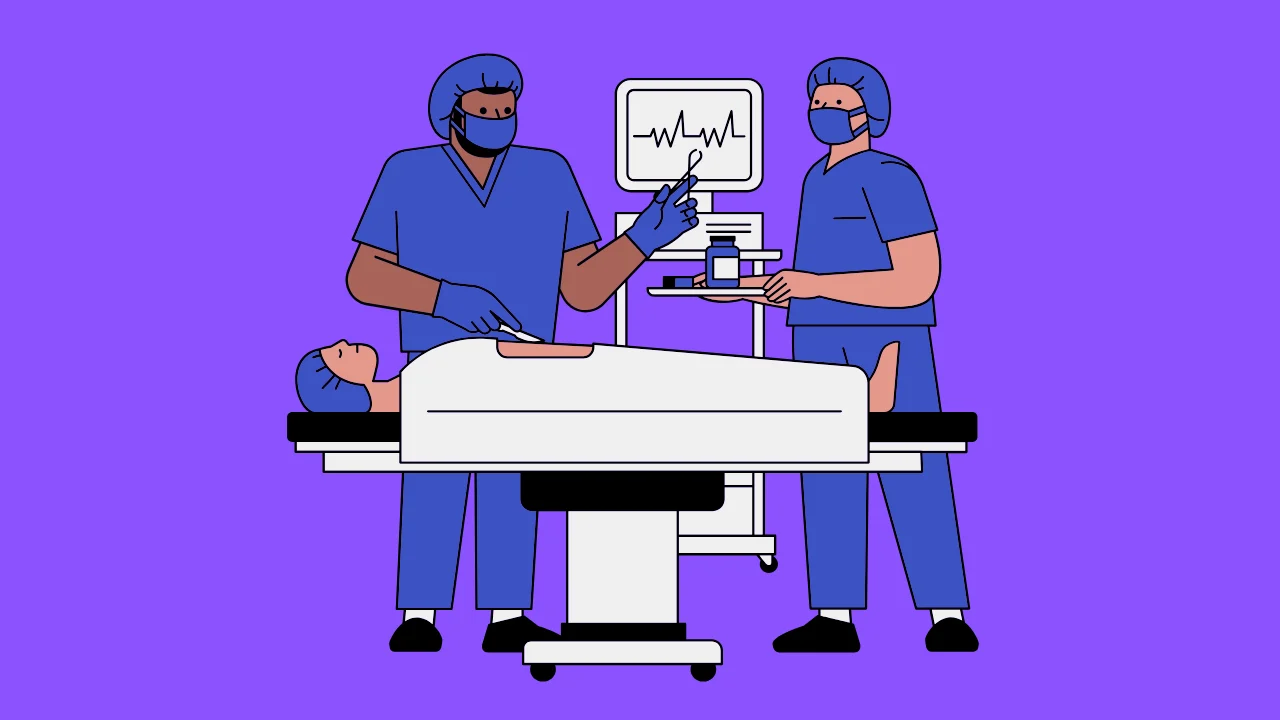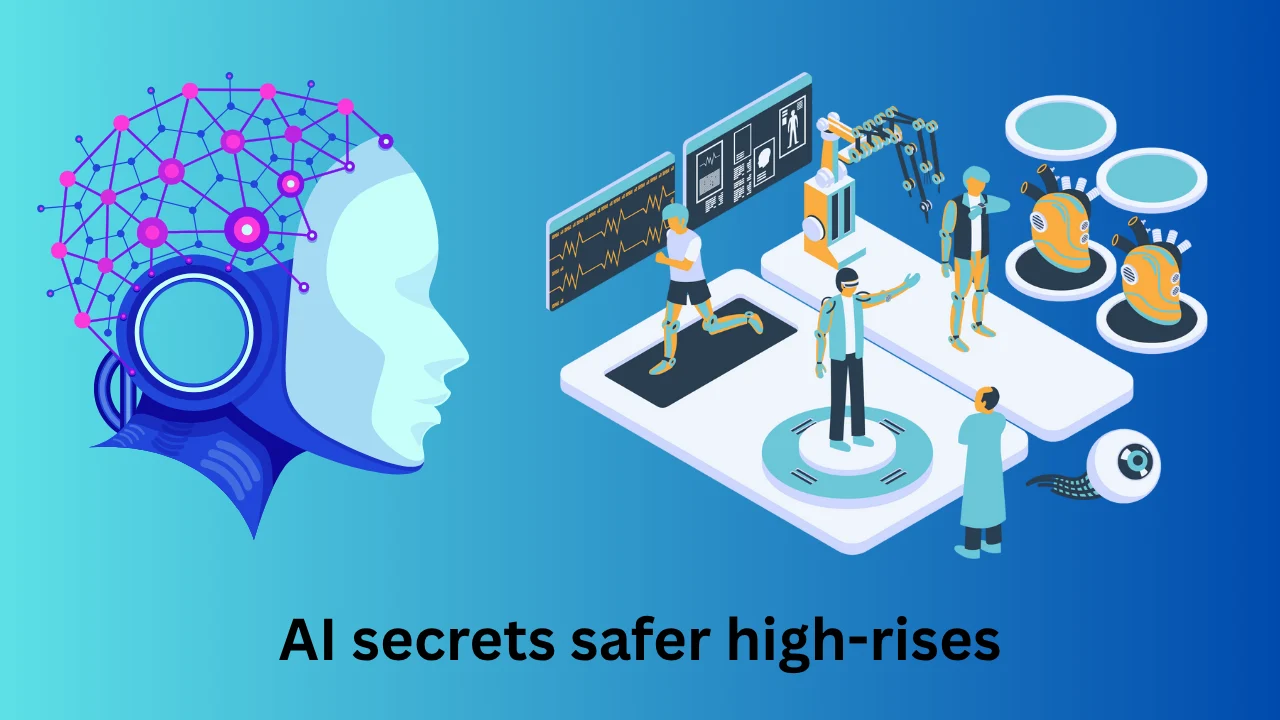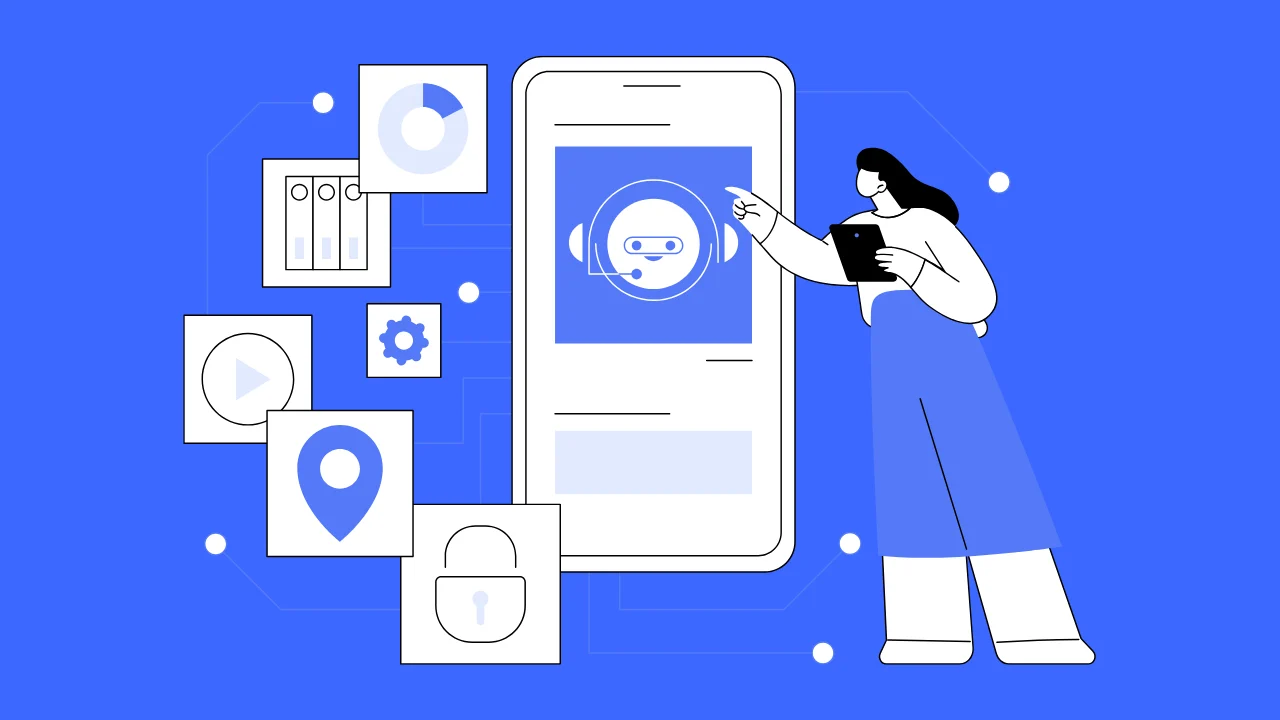This article dives into four powerful AI enhancements boosting telemedicine: AI-driven diagnostic imaging, intelligent chatbots and virtual assistants, remote patient monitoring, and personalized treatment plans. These telehealth AI in telemedicine are already reshaping remote healthcare, offering solutions that are faster, more precise, and tailored to individual needs. Yet, challenges like data privacy and regulatory hurdles remain. Here, we’ll explore how these artificial intelligence virtual care innovations work, their benefits, and what’s next for AI telemedicine improvements.
Telemedicine has transformed how healthcare is delivered, connecting patients and providers across vast distances with ease. The COVID-19 pandemic supercharged this shift, pushing telemedicine into the spotlight as a vital tool for safe, remote care. Research from the Journal of Medical Internet Research highlights a 201.5% surge in telemedicine-related publications from 2017 to 2022, reflecting its growing importance. Enter artificial intelligence (AI)—a game-changer that’s taking telemedicine to new heights. AI in telemedicine enhances everything from diagnostics to patient engagement, making healthcare smarter and more accessible.
“AI has a great potential to assist ophthalmologists in their daily routine of image analysis and relieve their work burden.” – American Academy of Ophthalmology
The Rise of Telemedicine and AI
A Brief History
Telemedicine began with simple radio and telephone consultations in the early 20th century. It wasn’t until the internet era—think video calls and digital records—that it truly took off. Today, it’s a cornerstone of modern healthcare, driven by technological leaps.
The COVID-19 Catalyst
The pandemic turned telemedicine from a convenience into a necessity. The World Health Organization notes a 300% spike in usage in some regions during 2020. This boom exposed gaps—like limited diagnostic tools—where AI stepped in to bridge the divide.
Why AI Matters
AI isn’t just a buzzword; it’s a lifeline for telemedicine. By crunching data, spotting patterns, and automating tasks, AI makes remote healthcare AI more effective. “AI is the backbone of telemedicine’s next chapter,” says Dr. Eric Topol, a leading healthcare innovator.
Enhancement 1: AI in Diagnostic Imaging for Telemedicine
How It Works
AI in telemedicine shines in diagnostic imaging, using deep learning to analyze X-rays, MRIs, and more. Trained on massive image datasets, AI spots abnormalities with uncanny accuracy, often outpacing human experts.
Applications in Telehealth
Remote Radiology
AI enables radiologists to interpret scans remotely. A Radiology study showed AI detecting COVID-19 pneumonia with over 90% accuracy, a boon for telemedicine during outbreaks.
Specialty Fields
In dermatology, AI scans skin images for cancer signs. In ophthalmology, it flags diabetic retinopathy from retinal photos, helping prevent blindness in remote patients.
“The integration of AI in telemedicine is inevitable and transformative.” – HealthIT.gov
Benefits
- Precision: Reduces misdiagnosis risks.
- Speed: Cuts wait times significantly.
- Reach: Brings expert-level care to rural areas.
Challenges
- Data Needs: Requires vast, quality datasets.
- Tech Integration: Tough to sync with existing systems.
- Approval: Faces strict regulatory scrutiny.
Enhancement 2: AI Chatbots and Virtual Assistants
What They Are
AI chatbots use natural language processing to chat with patients, answering queries and offering advice. Virtual assistants take it further, managing ongoing care tasks.
Roles in Telemedicine
First Contact
Chatbots triage symptoms, guiding patients to the right care level—perfect for busy telehealth platforms.
Continuous Support
Virtual assistants send medication reminders or health tips, keeping patients engaged between visits.
Advantages
- Always On: Available 24/7.
- Scalable: Handles multiple users at once.
- Cost-Effective: Saves provider resources.
Limitations
- Accuracy Gaps: Struggles with complex cases.
- Empathy: Lacks human warmth.
- Privacy: Raises data security concerns.
Enhancement 3: AI for Remote Patient Monitoring
The Tech Behind It
AI powers wearables and sensors, tracking vitals like heart rate or glucose levels in real time. It’s a cornerstone of remote healthcare AI.
How It Enhances Telemedicine
Proactive Alerts
AI spots anomalies—like irregular heartbeats—and alerts doctors early, preventing emergencies.
Chronic Care
For conditions like diabetes, AI offers constant oversight, improving management remotely.
Real-World Impact
- Cardiac Cases: AI detects arrhythmias via ECG wearables.
- Respiratory Health: Monitors COPD patients, reducing hospital visits.
Benefits and Hurdles
- Benefit: Fewer hospitalizations.
- Hurdle: High device costs and data overload.
Enhancement 4: AI-Driven Personalized Treatment Plans
AI Analytics at Work
Using big data, AI tailors treatments by analyzing patient histories, genetics, and more—a leap in artificial intelligence virtual care.
Personalization in Action
Custom Treatments
In oncology, AI suggests therapies based on tumor profiles, boosting success rates.
Drug Optimization
AI predicts drug responses, minimizing side effects.
Ethical Challenges
- Bias: Data skews can unfair outcomes.
- Consent: Patients need clear data-use info.
- Clarity: AI decisions must be transparent.
“Personalized medicine powered by AI is the future of patient care.” – Dr. Fei-Fei Li, AI researcher
Challenges in AI-Enhanced Telemedicine

Technical Barriers
Integrating AI with old systems is tricky. Plus, securing patient data against breaches is critical.
Regulatory Issues
Compliance with laws like HIPAA is non-negotiable. Ethical AI use—like avoiding bias—is equally vital.
Solutions
Collaboration between tech and healthcare pros, plus ongoing AI updates, can smooth the path.
The Future of AI in Telemedicine
New Tech Horizons
Think 5G and IoT paired with AI—faster, smarter telemedicine awaits.
Global Impact
AI could slash costs and bring care to underserved regions, leveling the healthcare playing field.
Next Steps
Training doctors in AI tools and boosting research will unlock its full potential.
Data Insights: AI in Telemedicine at a Glance
| Enhancement | Key Benefit | Primary Challenge |
|---|---|---|
| Diagnostic Imaging | High accuracy | Data quality |
| Chatbots/Virtual Assistants | 24/7 access | Limited empathy |
| Remote Monitoring | Proactive care | Device cost |
| Personalized Plans | Tailored treatments | Ethical concerns |
The Way Forward
AI in telemedicine is a powerhouse, driving advancements like diagnostic imaging, chatbots, remote monitoring, and personalized care. These enhancements aren’t just upgrades—they’re redefining healthcare delivery. Looking ahead, overcoming technical and ethical hurdles will be key. With collaboration and innovation, AI telemedicine improvements promise a future where quality care reaches everyone, everywhere. The journey’s just beginning—embrace it.
FAQs
- What does AI in telemedicine mean?
It’s the use of AI tools—like machine learning—to improve remote healthcare services. - How accurate are AI diagnostics in telemedicine?
AI can match or exceed human accuracy, often hitting over 90% in imaging tasks. - Can AI chatbots replace doctors?
No, they assist with triage and support but lack the depth for full medical judgment. - What’s the biggest AI telemedicine challenge?
Balancing data privacy with innovation tops the list. - How does AI personalize telemedicine care?
By analyzing patient data to craft unique treatment plans.






